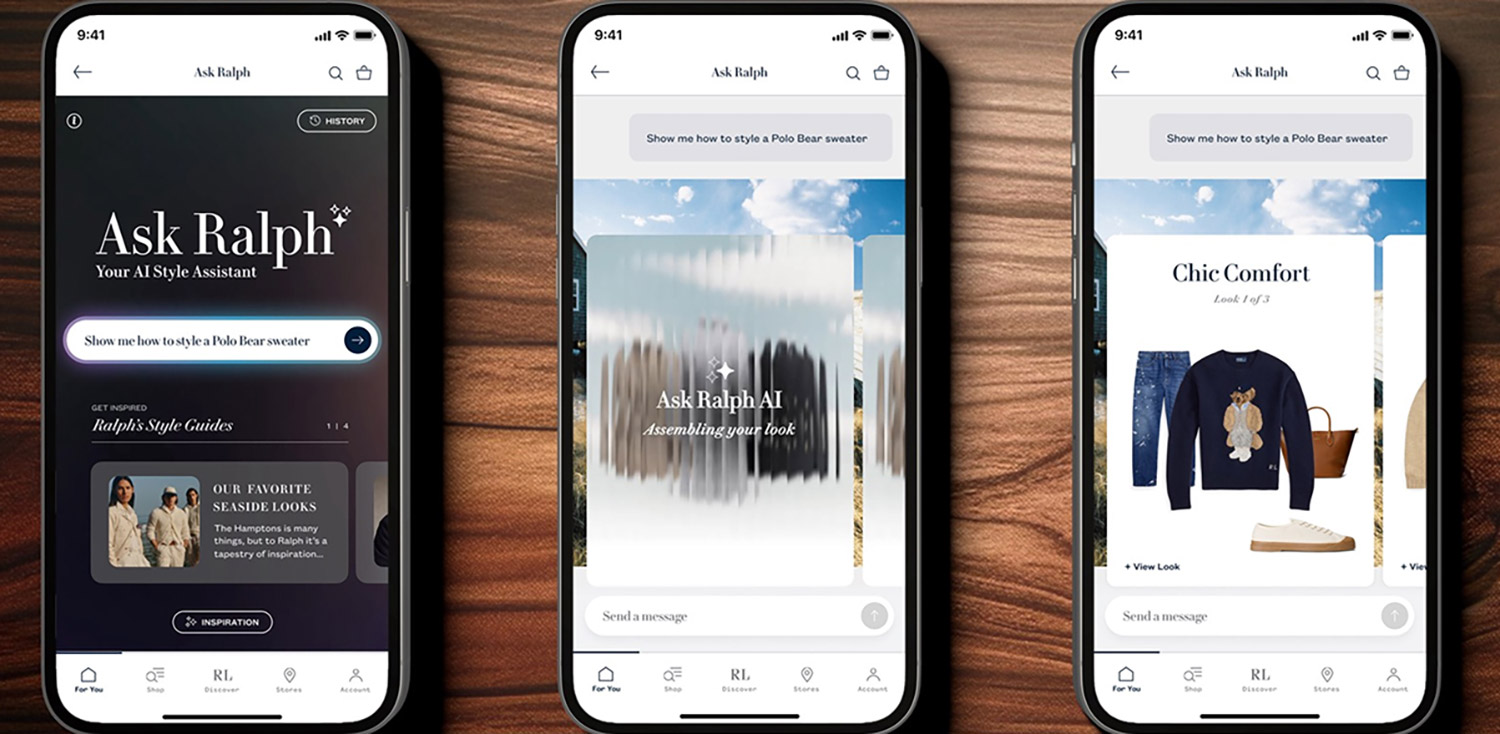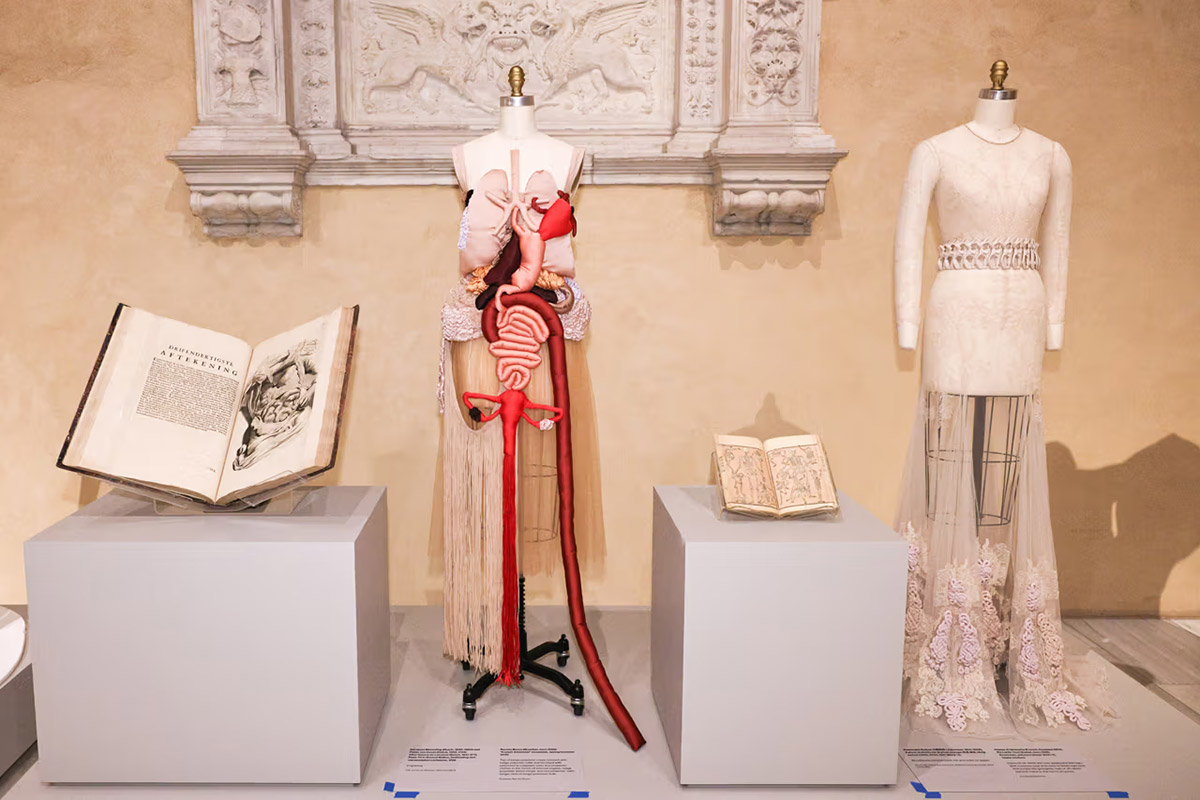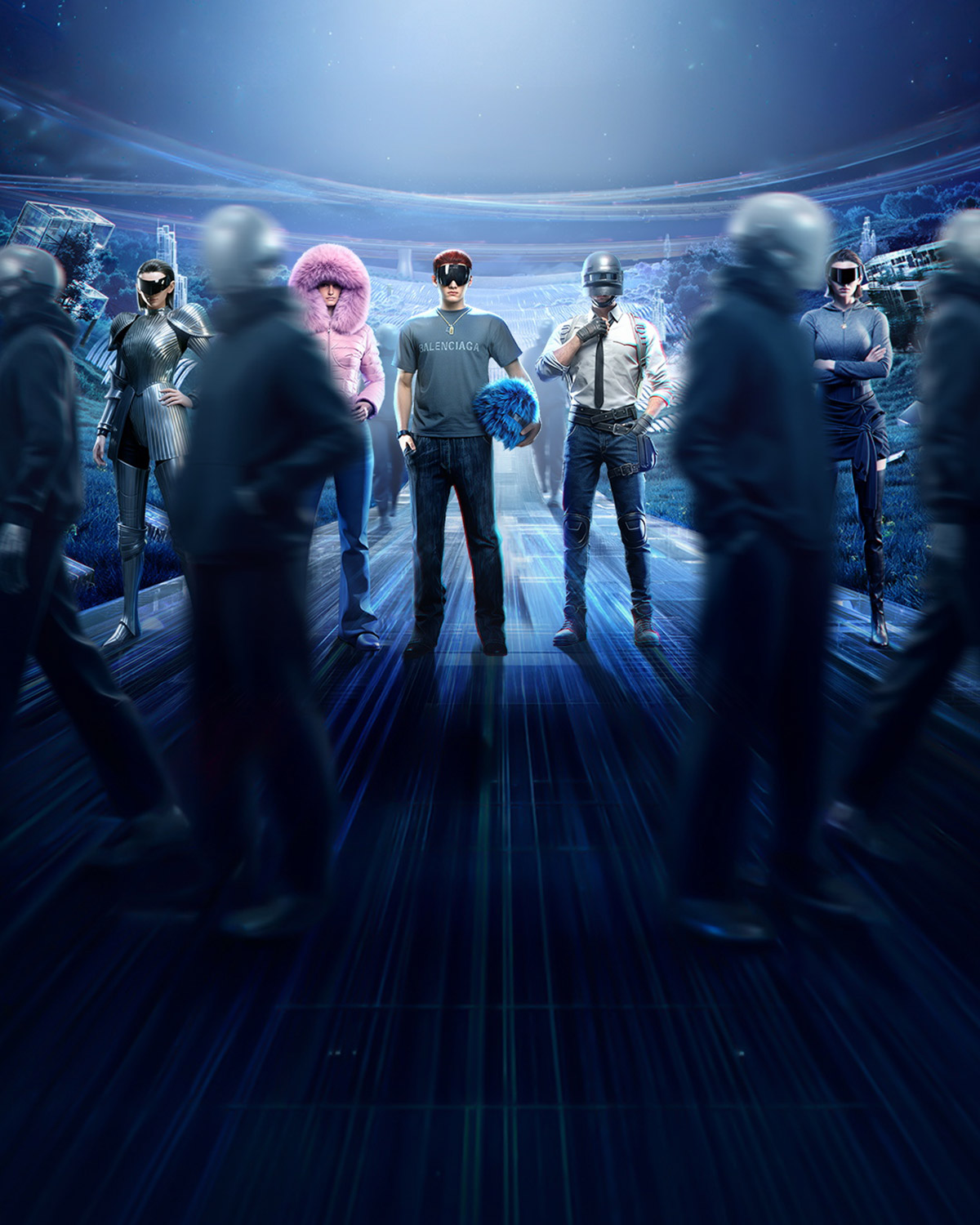The American brand’s new in-app feature, “Ask Ralph,” uses generative AI to offer personalized styling advice and shoppable looks.

Summary
- Ralph Lauren has introduced “Ask Ralph,” an AI-powered stylist chatbot within its US mobile app, created in partnership with Microsoft.
- The feature provides users with complete, shoppable Polo Ralph Lauren outfits based on conversational text prompts, mimicking an in-store styling session.
- The launch positions the American heritage brand within a wider industry adoption of AI, raising questions about how brand identity translates through automated experiences.
Ralph Lauren has introduced a conversational AI tool to its mobile app. Called “Ask Ralph,” the feature functions as a digital stylist, built with Microsoft on its Azure OpenAI platform. It is currently available to app users in the United States.
The tool is designed to respond to natural language questions. Users can type prompts like, “What should I wear to a concert?” or ask for ways to style a specific item, such as a navy-blue men’s blazer. In response, “Ask Ralph” generates multiple visual laydowns of complete, shoppable outfits from the Men’s and Women’s Polo Ralph Lauren lines. The system allows users to ask follow-up questions to refine the suggestions. The final looks, or individual pieces from them, can be added directly to a shopping cart.
David Lauren, the company’s Chief Branding and Innovation Officer, positioned the launch as a continuation of the brand’s long history with technology. “Twenty-five years ago, we partnered with Microsoft to launch one of the fashion industry’s first e-commerce platforms, and today, we are once again redefining the shopping experience for the next generation,” he said. Lauren added that the goal is to show consumers the brand’s “iconic, unique take on style, providing timeless head-to-toe looks that inspire them to step into our world.”
The move comes as generative AI tools like OpenAI’s ChatGPT and Google’s Gemini have become widely available. Other companies are finding ways to apply these services to their own businesses. The Business of Fashion, for instance, launched the Brain of Fashion, a bot trained on its archive of content.
The adoption of such technology by a heritage brand presents a specific question: can the sensibilities of Ralph Lauren, which are built on an Americana ethos and a focus on authenticity, be translated into an AI chatbot? It is not yet clear if customers will interact with branded AI tools in the same way they have with general-use chatbots.
The company plans to continue developing the tool. Future updates include adding new features, expanding the service to other Ralph Lauren brands, and releasing it in more markets.




